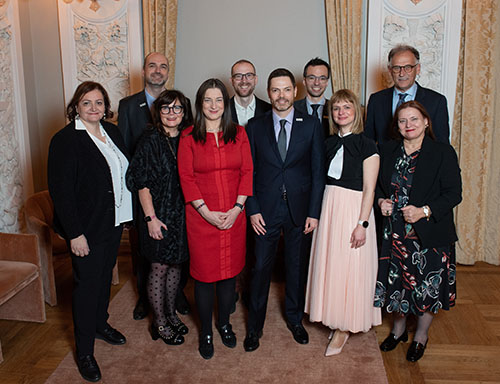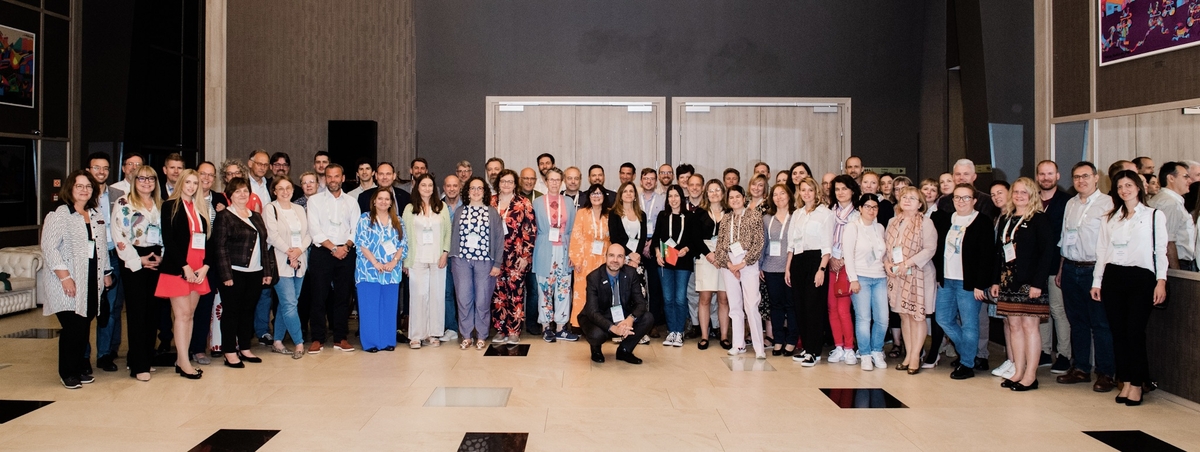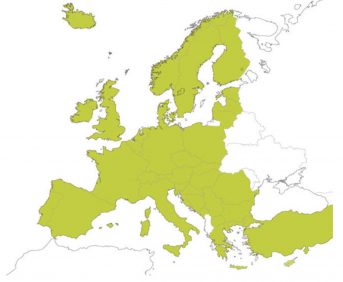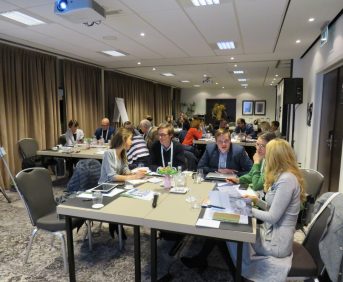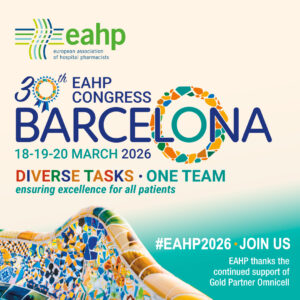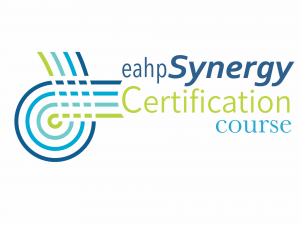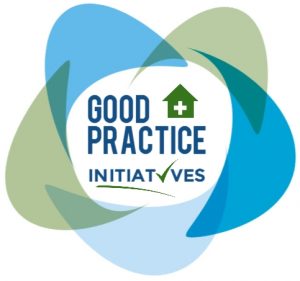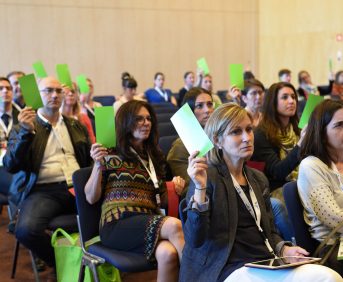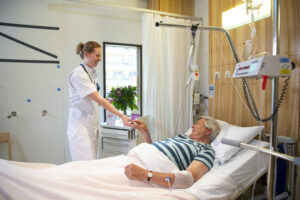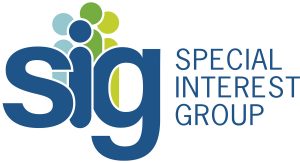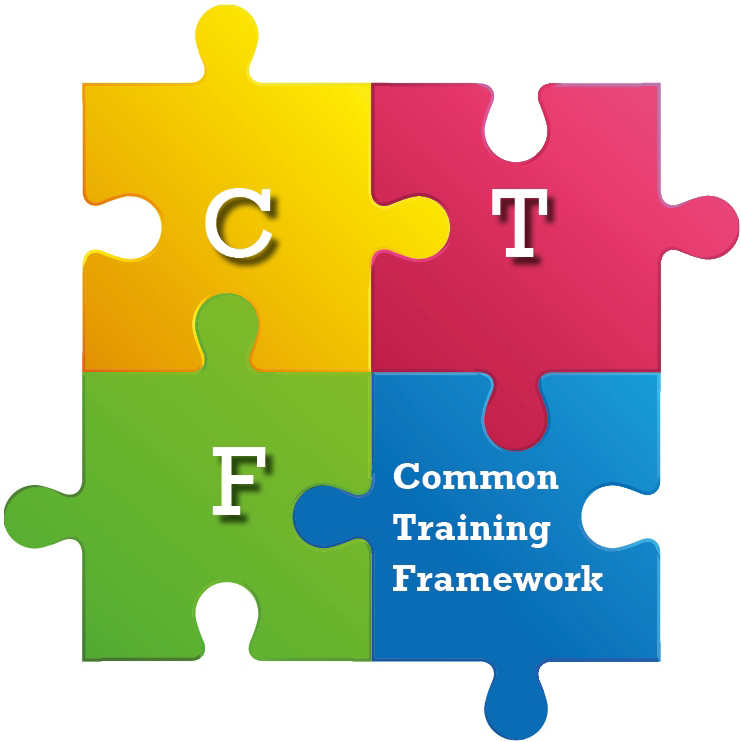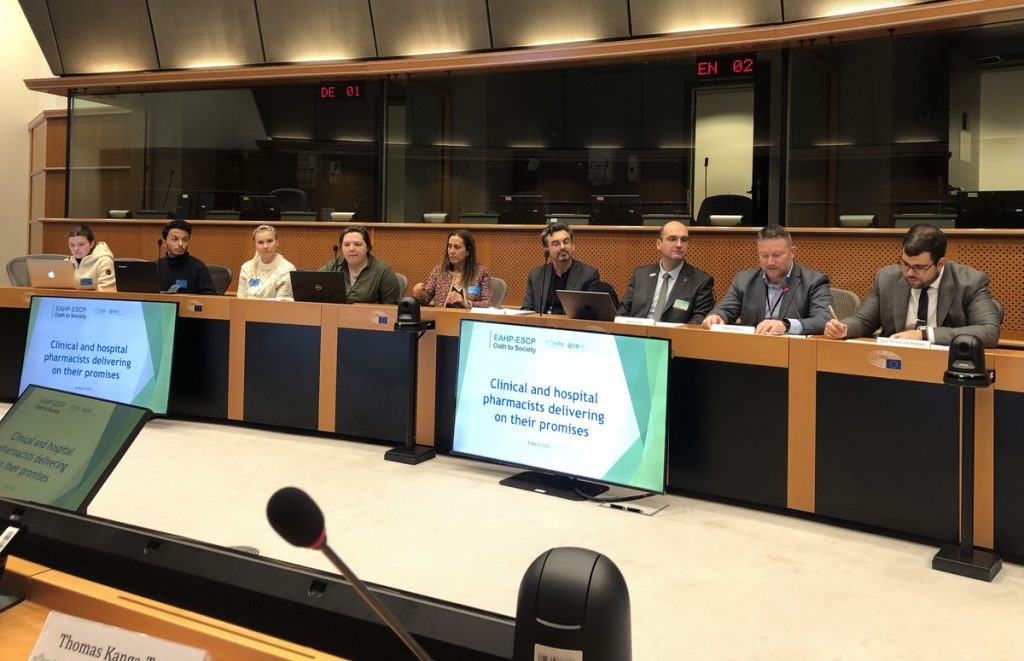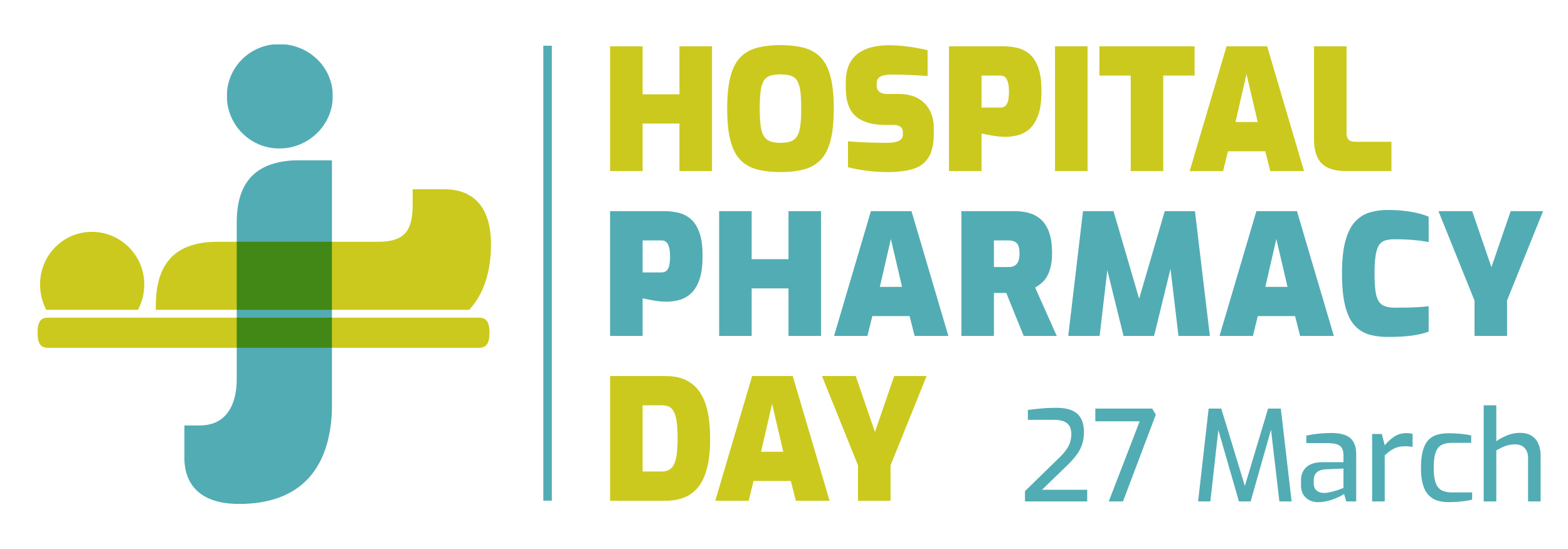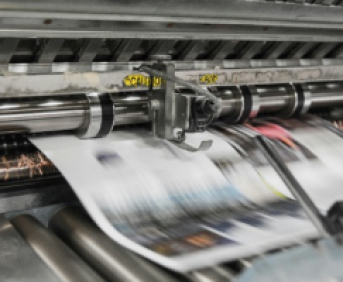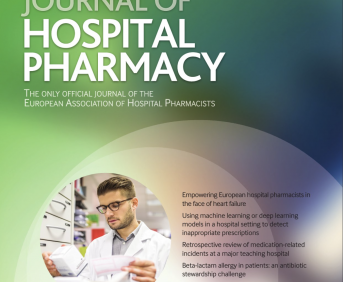RISK-DRIVEN TRANSFORMATION: INTEGRATED RISK MATRIX WITH PDCA AND KPIS IMPROVES MEDICATION SAFETY AND OPERATIONAL PERFORMANCE
European Statement
Patient Safety and Quality Assurance
Author(s)
Vanusa Barbosa Pinto, Andréa Cássia Pereira Sforsin, Cleuber Esteves Chaves, Carolina Broco Manin, Priscila Faria França, Amanda Magalhaes Vilas Boas Cambiais, Carolina Ferreira Dos Santos, Lidiane Baltieri Gomes, Priscilla Alves Rocha, Maria Cleusa Martins
Why was it done?
The Pharmacy Division of a large tertiary hospital implemented structured risk governance, anchored by a risk matrix integrated into strategic planning and monitored by Key Performance Indicators (KPIs). The primary goal was to reduce risks across the entire medication use process—from selection to administration—using the matrix to guide continuous improvement cycles (PDCA) and ensure proactive, predictive risk management.
What was done?
Tertiary hospitals with complex medication processes often face a high incidence of adverse events and waste due to fragmented risk management. The aim was to proactively mitigate risks classified as high and extreme, not only enhancing medication safety but also improving efficiency and operational response time. The initiative also sought to strengthen the internal safety culture by encouraging increased near-miss reporting.
How was it done?
The project involved an end-to-end mapping of pharmaceutical care in 2024, with risk scoring (probability x consequence). Critical KPIs were defined: service level, prescription evaluation rate, adverse event reports for compounded products, and near-miss reports. Results were reviewed in multi-professional committees to guide PDCA improvement cycles. One specific action plan involved implementing Personal Digital Assistants (PDAs) in medication distribution to enhance traceability.
What has been achieved?
Between 2024 and 2025, the absolute number of risks classified as extreme decreased, and five risks reduced their criticality. The intervention demonstrated objective gains: service level increased from 77.82% to 84.40%; adverse event reports for compounded products decreased from 11 to 6; and the average monthly near-miss reports increased from 34 to 44, strengthening the safety culture. Notably, the PDA implementation contributed to the medication traceability rate increasing from 12.5% to 50.2%.
What next?
This governance model, focused on risk mitigation through PDCA cycles and critical KPIs, proved to be a practical and effective strategy for achieving sustainable gains in medication safety and efficiency. The practice is highly transferable and scalable, reinforcing the strategic role of the hospital pharmacy in integrating planning, quality, and technological innovation, and serving as a benchmark for other high-complexity institutions.
Operational interventions to improve the performance of cytotoxic medicines compounding
Pdf

European Statement
Production and Compounding
Author(s)
Leila Costa, Rui Marques, Ana Castro, João Paulo Cruz
Why was it done?
Cytotoxic medicines are drugs used mainly in the treatment of neoplasms. Their preparation is a key activity of Hospital Pharmacy, carried out in a Class II Type B2 Vertical Flow Chamber (VFC). With the emergence of new cytotoxic drugs, the increase in the number of patients (2100 in 2010 to 3168 in 2021), and preparations (from 30000 in 2010 to 40000 in 2021), the time spent by Pharmacists in routine work and in the organisation and research of information also increased, and innovative approaches in terms of resources optimisation are deemed.
What was done?
Evaluate the performance of cytotoxic compounding after the implementation of relevant operational interventions designed to optimise drug preparation and delivery, between 2018 and 2021 in a University Hospital Centre.
Retrospective analysis of the average waiting times of patients for treatment delivery in some day hospitals (DH), after implementation of the operational interventions.
How was it done?
We began with the computerisation of the chemotherapy protocols, in order to standardise the prescribed treatments, which allows to reduce transcription and prescription time and associated errors. A comprehensive database was also created with the main characteristics of cytotoxic drugs and their physicochemical stability, in order to support pharmaceutical validation. In partnership with DH nursing team, every patient’s treatment schedule was determined beforehand, which allowed an enhanced organisational workflow, and the grouping of more complex drugs to prepare at the same time, and the preparation of drugs with adequate stability in the day before. This resulted in a reduction of average waiting times from 2 hours to only 30 minutes. The DH that benefited the most from these changes was Haematology, which adopted all proposed changes from the start after a multidisciplinary team meeting. Currently, about 45% of treatments are prepared the day before. Since the compounding unit is structured in rotating shifts, this practice allows to minimise drug wastage and to reduce preparation time, which improves the organisational capacity and agility in response to patient needs. When available, preference was given to ready-to-use drug solutions instead of powder formulations, e.g. pemetrexed and bortezomib, reducing preparation time and increasing operator safety. Also, in Gastroenterology DH, we promoted switch from original infliximab to its biosimilar by centrally preparing the biosimilar. We used two pharmacy technicians in the same cabinet instead of one, increasing the preparation yield. The last intervention was in the transportation of the compounded preparations, through the implementation of the delivery of treatments via a pneumatic tube system. This system ensures the integrity of the material and the conformity of the transport, thus allowing the safety and stability of the material transported, without bumps and avoiding changes in physical properties. It was possible to obtain a higher frequency of transportation and better workflow at peak times.
What has been achieved?
With the same human resources and the operational changes described, it was possible to improve the compounding unit performance, and to reduce patient waiting times in 75%, saving time and money.
What next?
With the increasing number of patients and cytotoxic preparations, it was necessary to reorganise the compounding unit in several key features.
Added value of centralised compounding of vaccines against SARS-CoV-2 in Hospital Pharmaceutical Services – a quantitative analysis
European Statement
Production and Compounding
Author(s)
Rui Relvas, Rui Pedro Marques, Ana Castro, Sérgio Nobre, João Paulo Lopes da Cruz
Why was it done?
Medicines compounding by the HPS-staff is a primordial activity, and its centralisation allows several benefits in levels such as patient safety, quality, efficiency, and pharmacoeconomics. Despite this recognised importance, it is not always possible to quantify its added value. The fact that vaccines against SARS-CoV-2 are supplied in multi-dose vials and the need to prepare and assure enough doses to vaccinate a broad population presented itself as an excellent opportunity to analyse such indicators.
What was done?
A quantitative analysis of the importance and added value of centralised preparation and compounding of vaccines against SARS-CoV-2 at the Hospital Pharmaceutical Services’ (HPS) Compounding Unit from a Central Hospital in Portugal.
How was it done?
Between 27th December 2020 and 2nd August 2021, 13.030 doses were prepared (96.9% Pfizer/BioNTech; 3.1% AstraZeneca). At the first 3 vaccination sessions, multi-dose vials were diluted at the HPS, and each syringe measured by the nursing-staff previously to the administration.
After these initial sessions, each dose started to be individualised by the HPS-staff on pre-filled, ready-to-use syringes. Each vaccine dose was individualised on a horizontal laminar flow cabinet according to a previously approved operational procedure.
Reception, preparation, and dispensation records were retrospectively analysed. Key performance indicators were quantified.
What has been achieved?
During the first 3 sessions of vaccination, when nursing-staff measured each vaccine volume, a total of 1640 doses were administered. However, it would be possible to measure a total of 1932 doses (84,9%). The daily maximum of people vaccinated was 770.
In the following sessions was possible to prepare 11.390 doses, with a theoretical maximum of 10.892 (104,6%) and a daily maximum of 1.113.
This yield, over 100%, allowed an excess of 498 doses, which translated into the vaccination of 249 extra individuals fully vaccinated with the 2 doses. Factors like needle and syringe selection and preparation beyond an aseptic and validated environment contributed for the yield increase.
What next?
Series-production of compounded medicines in a sterile, validated, and controlled environment allows important benefits and this analysis shows the potentiation of every key performance indicator considered. These data should be considered for the future planning of population-wide activities involving the massive preparation of sterile medicines.
